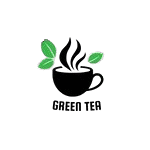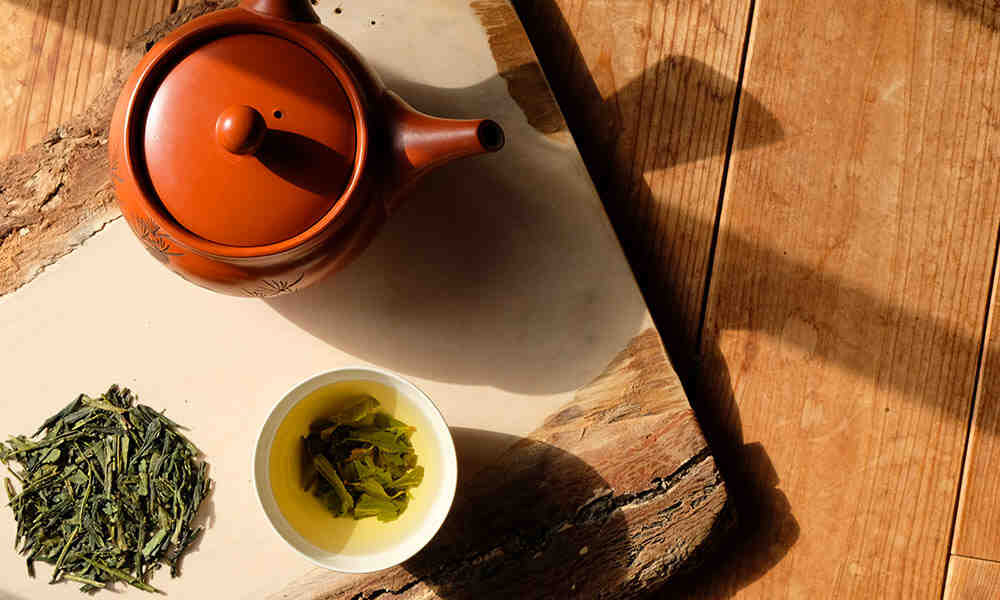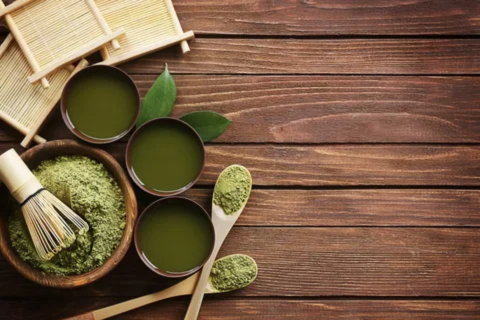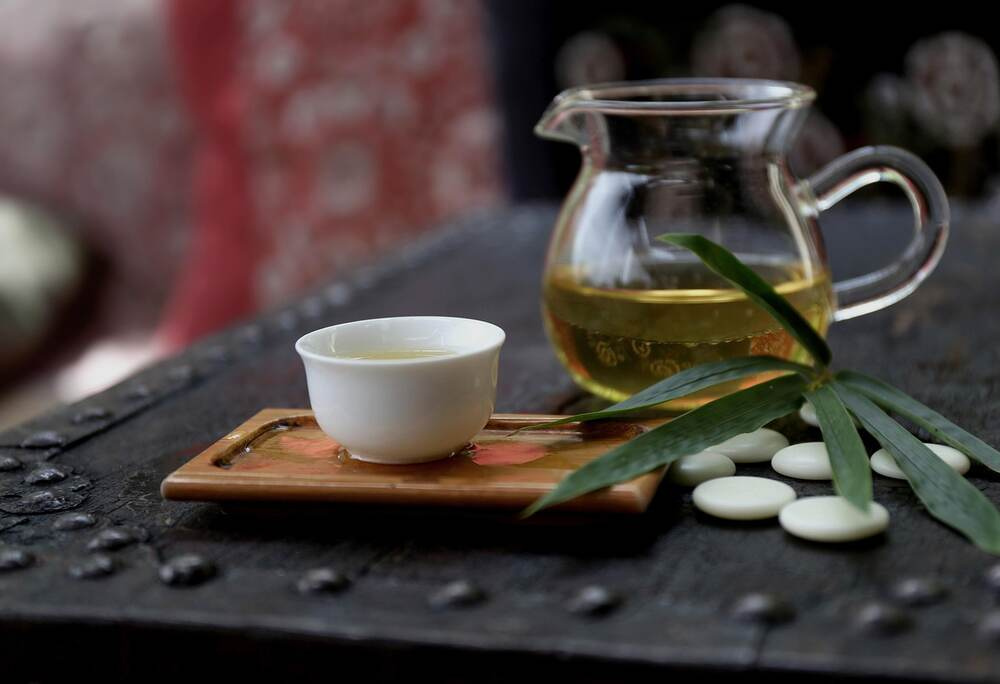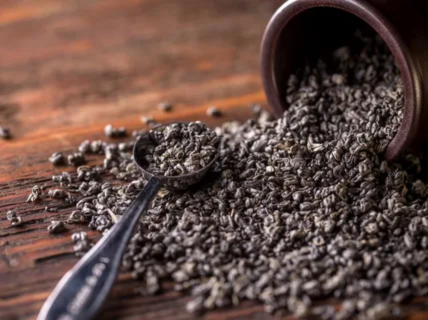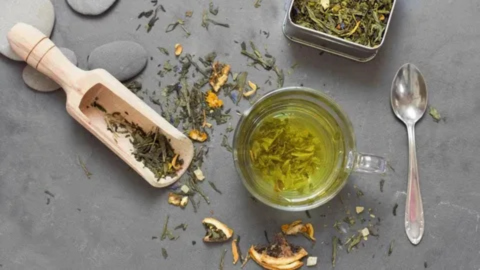Green Tea Sencha Caffeine ranges 30–50 mg per cup. Discover its health benefits, side effects, comparisons with coffee, and tips to manage intake.
Why Sencha Caffeine Matters
Understanding green tea sencha caffeine is important for tea lovers who want energy without overdoing it. Sencha, Japan’s most popular green tea, is appreciated for its grassy freshness and moderate stimulation. But many ask, how much caffeine does it actually contain, and how does it compare with other teas and coffee? This guide explores sencha’s caffeine range, the factors that influence it, its health effects, comparisons with other drinks, and ways to control intake.
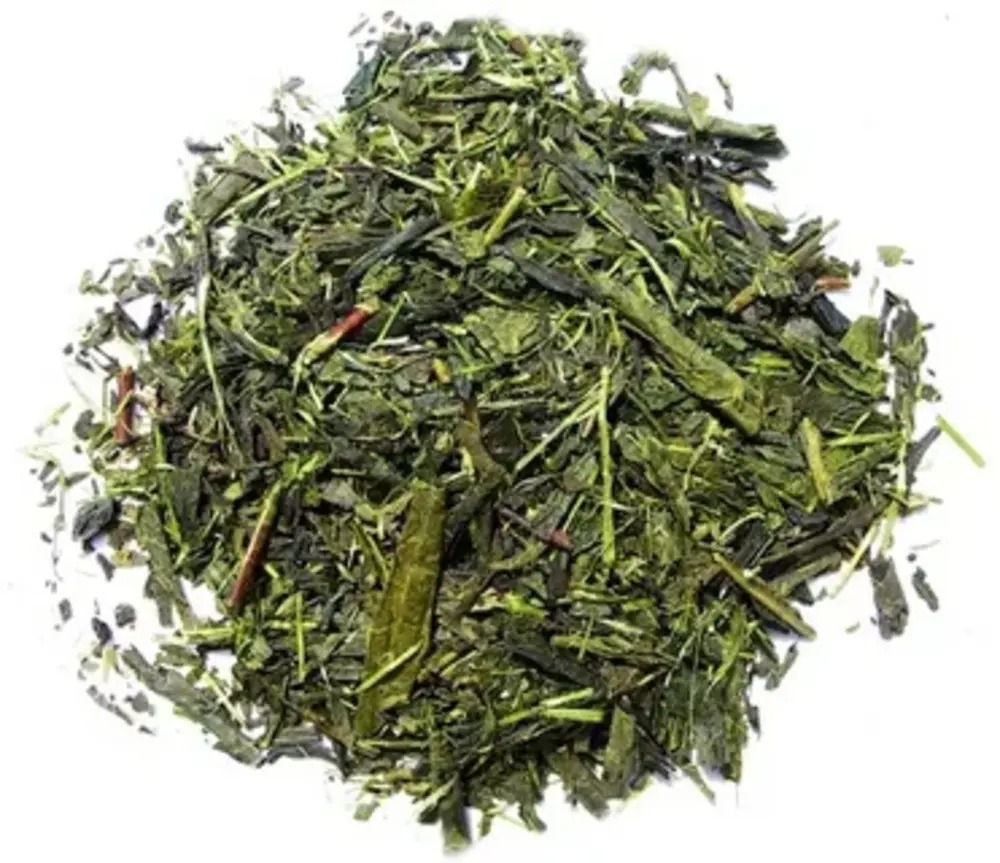
Caffeine in Sencha Green Tea: Typical Range
| Measurement | Sencha Green Tea | Coffee |
|---|---|---|
| Per 8-ounce (240 ml) cup | 30–50 mg | 90–120 mg |
| Per gram of dry leaves | 18–22 mg | – |
| Per teaspoon (~2 g of sencha) | 35–45 mg | – |
| Effect on alertness | Smooth focus (due to L-theanine) | Sharp spike & crash |
Compared with other teas, sencha falls in the middle: stronger than bancha or hojicha, weaker than matcha or gyokuro.
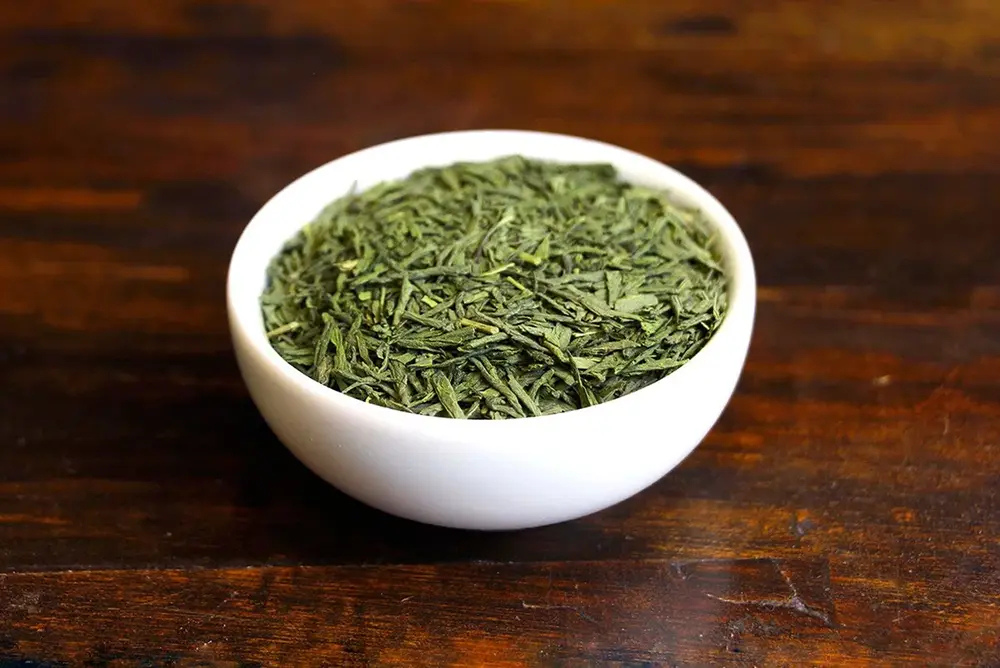
Factors That Influence Sencha Caffeine Levels
The actual green tea sencha caffeine content in your cup depends on several variables:
- Brewing Temperature & Time – Hotter water and longer steeping extract more caffeine.
- Leaf Grade & Season – First-flush leaves (shincha) contain more caffeine than late harvests.
- Steaming Method – Deep-steamed sencha (fukamushi) releases caffeine more quickly.
- Tea-to-Water Ratio – More grams per cup raise caffeine concentration.
- Multiple Infusions – First steeping has the most caffeine; later brews are gentler.
By adjusting these factors, you can fine-tune your sencha experience.
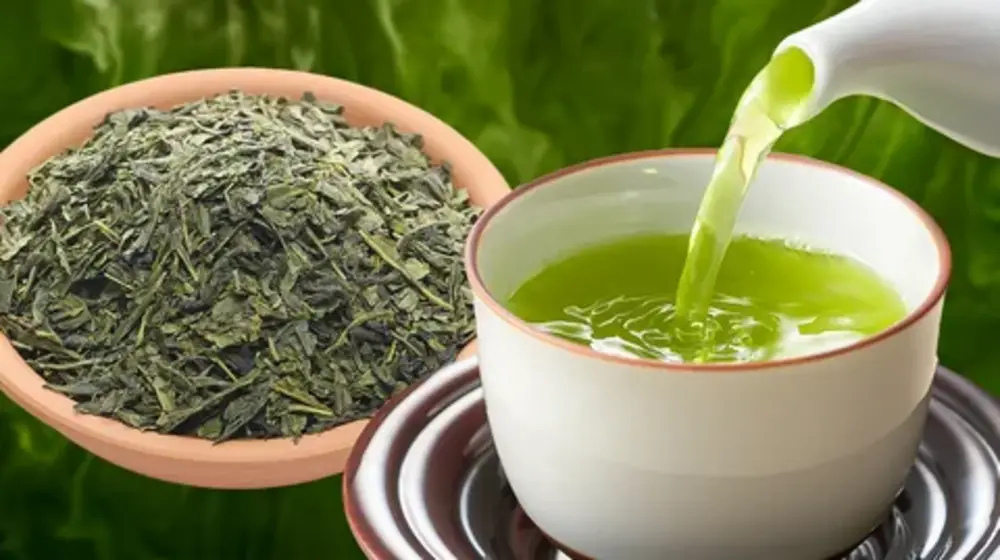
Health Effects of Sencha Caffeine
| Benefits | Downsides |
|---|---|
| Improved focus & alertness from caffeine + L-theanine | Sleep disruption if consumed late |
| Metabolism support through fat oxidation | Digestive irritation or jitters in sensitive people |
| Mood enhancement & reduced fatigue | Pregnancy caution — limit under 200 mg daily |
Overall, sencha offers a milder, steadier boost than coffee while still delivering health benefits.
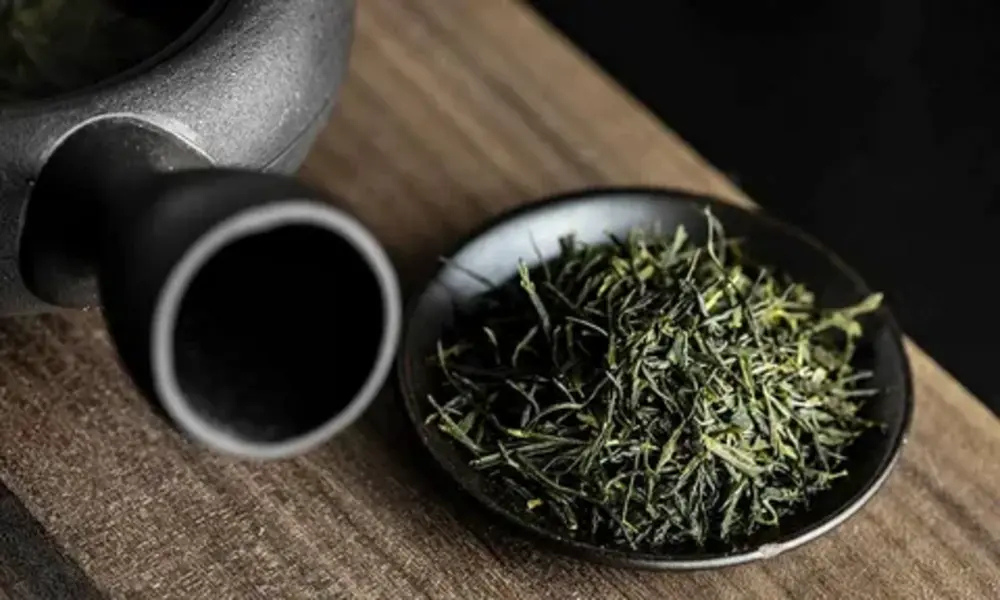
Comparing Sencha with Other Drinks
| Beverage | Caffeine per Cup (8 oz) | Comparison with Sencha |
|---|---|---|
| Matcha | 60–70 mg | Higher than sencha |
| Gyokuro | 70–80 mg | Strongest Japanese tea, much higher |
| Bancha & Hojicha | ~15–25 mg (about half of sencha) | Much lower |
| Black Tea | 45–60 mg | Slightly higher than sencha |
| Coffee | 90–120 mg | Nearly double sencha’s range |
Sencha sits comfortably between light teas and stronger stimulants, making it ideal for daily drinking.
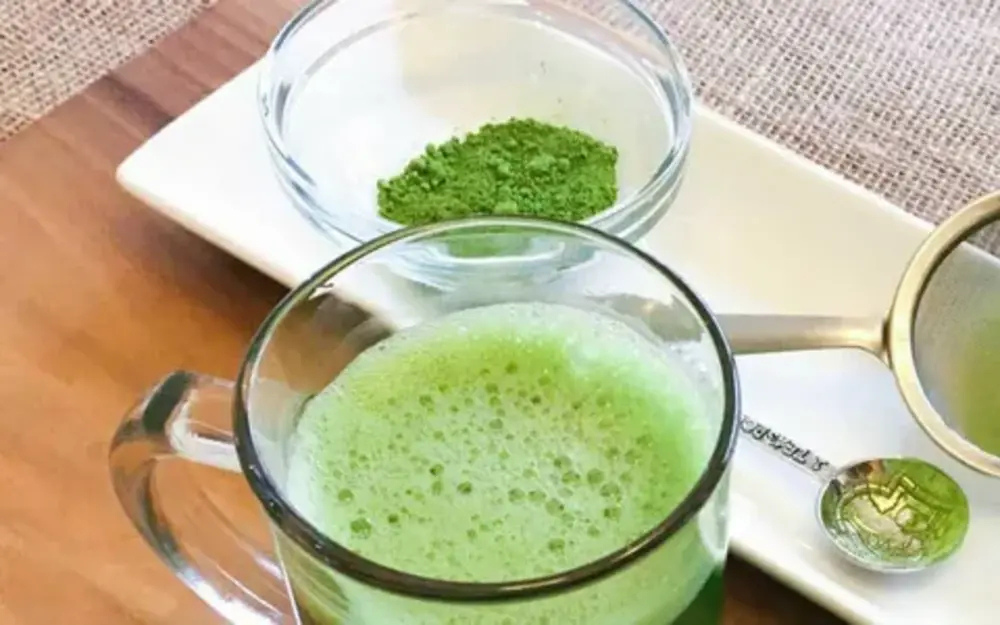
How to Control or Reduce Caffeine in Sencha
Not everyone wants the full punch of green tea sencha caffeine. Here are simple ways to lower it:
| Method | Effect |
|---|---|
| Brew at cooler temperatures (65–70°C) for shorter times | Extracts less caffeine |
| Rinse leaves briefly before brewing | Washes out some caffeine |
| Choose lower-caffeine teas (bancha, hojicha, kukicha) | Naturally reduces intake |
| Use fewer leaves per cup | Lowers caffeine concentration |
| Drink sencha earlier in the day | Prevents sleep disruption |
FAQ
1. How much caffeine is in sencha?
Around 30–50 mg per 8-ounce cup, depending on brewing.
2. Does sencha have more caffeine than other green teas?
Yes, it has more than bancha or hojicha but less than matcha or gyokuro.
3. Can I reduce sencha’s caffeine?
Yes — brew with cooler water, shorter steeping, or rinse the leaves first.
4. Is daily sencha safe?
For most adults, 2–3 cups per day is safe. Pregnant women or sensitive individuals should limit intake.
Conclusion:
A cup of green tea sencha caffeine provides a moderate 30–50 mg — perfect for steady focus without coffee’s jitters. Brewing method, leaf grade, and infusion time all affect levels, meaning you can customize your experience.
Sencha sits between low-caffeine teas and stronger options like matcha or coffee, offering a balance of energy and calm. With mindful brewing, you can enjoy sencha daily for vitality, focus, and wellness.
